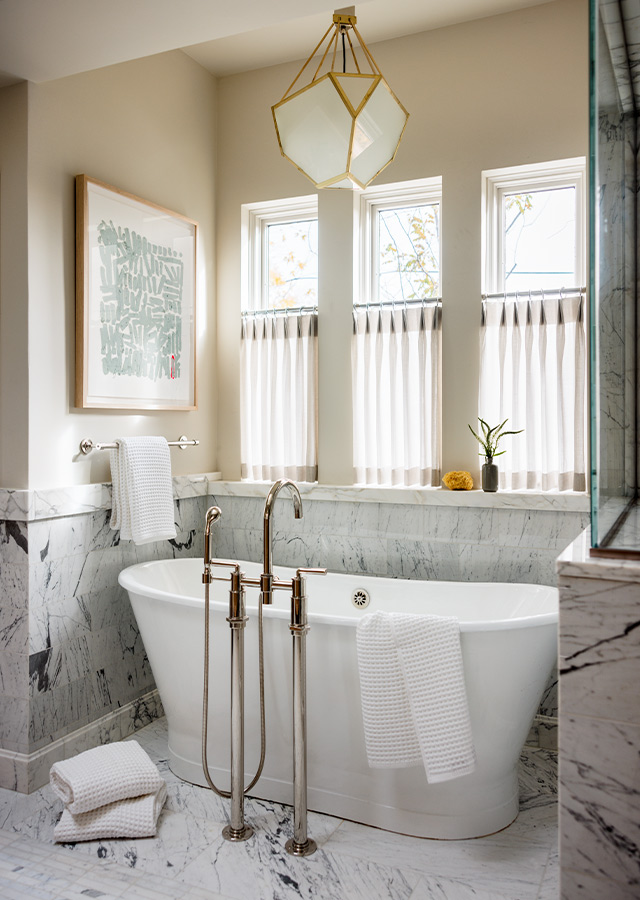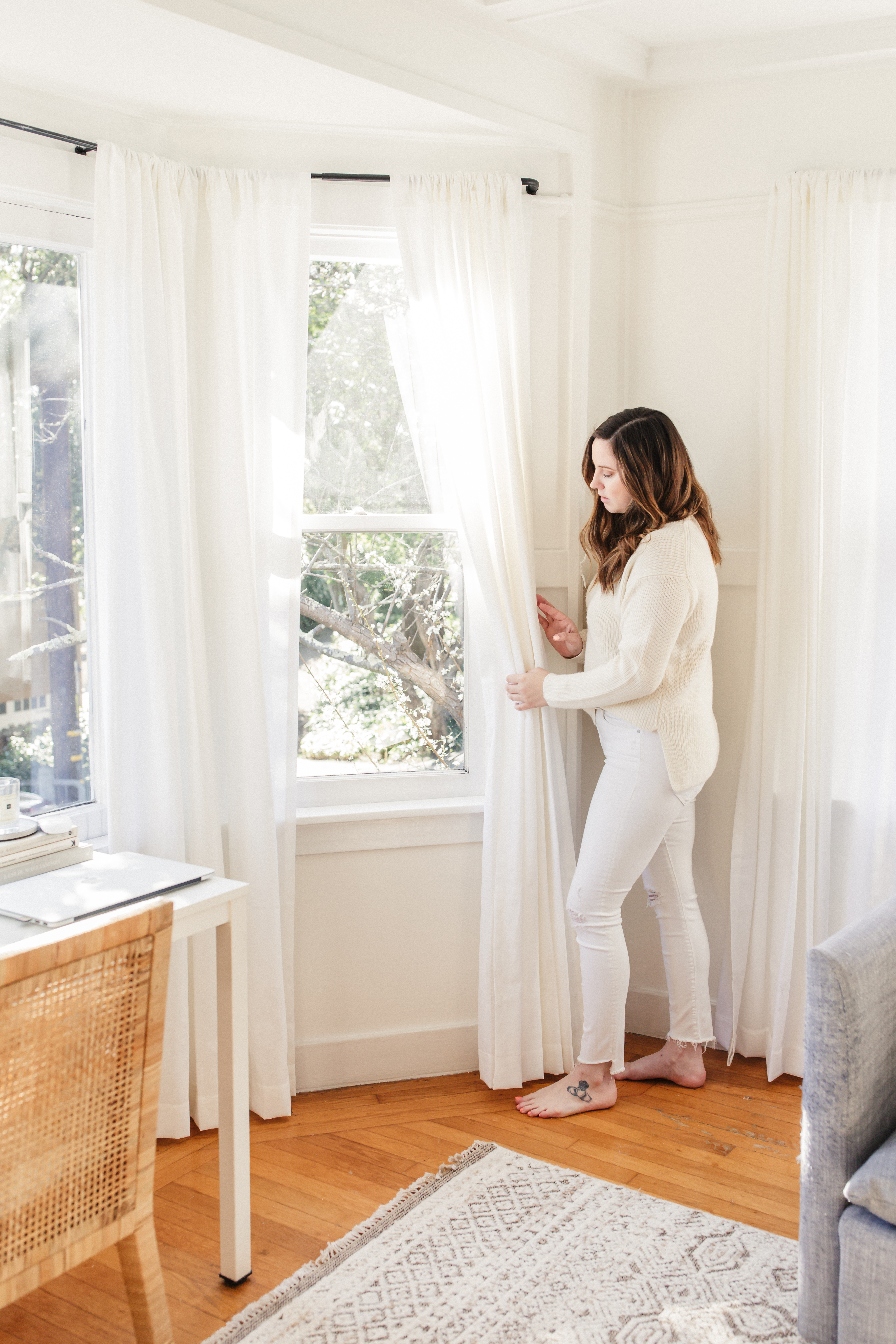The Ultimate Guide to Blinds: Kinds, Benefits, and Choosing the Right Suitable For You
The globe of home window treatments is vast and varied. Blinds are available in many designs, each offering distinctive advantages for various settings. Understanding these options is important for making educated choices. Furthermore, elements like product choice and space capability play a substantial role. As one considers the best equilibrium in between appearances and functionality, the subtleties of measuring and maintaining blinds additionally become key aspects. What should one prioritize when choosing the ideal window option?
Kinds of Blinds: A Thorough Summary
Blinds offer as both visual and functional components in interior layout, providing different alternatives to fit diverse preferences and needs. Among one of the most prominent kinds are Venetian blinds, characterized by straight slats that can be readjusted for light control and personal privacy. Roller blinds, understood for their simplicity and versatility, come in a series of patterns and products, making them ideal for standard and modern-day settings. Vertical blinds, typically made use of for larger home windows or moving doors, permit simple adjustment and are frequently made from fabric or vinyl.
Roman blinds, with their classy folds up, add a touch of sophistication to any kind of room, while mobile tones supply insulation and energy efficiency. In addition, bamboo blinds provide a natural, environment-friendly alternative, instilling rooms with warmth. Each type has special attributes and designs, ensuring property owners can locate the perfect suitable for their specific décor and practical requirements.
Benefits of Setting Up Blinds in your house
The setup of blinds in a home supplies a number of substantial advantages. They offer improved privacy control, enabling house owners to regulate visibility from the exterior. In addition, blinds contribute to energy efficiency by aiding to take care of interior temperatures, minimizing the reliance on heating and cooling down systems.
Improved Personal Privacy Control
Mounting blinds uses a substantial advantage in personal privacy control when house owners look for to enhance their living areas. Blinds offer a flexible remedy for regulating presence from both the interior and outside of the home. By changing the slats or elevating the blinds, people can quickly handle the quantity of light going into while at the same time obstructing the sight from outdoors. This adaptability allows homeowners to develop a comfy ambience without giving up all-natural light. Furthermore, various designs and products are offered, making sure that homeowners can select alternatives that effortlessly mix with their design while boosting personal privacy. Ultimately, the installation of blinds serves as an effective methods to safeguard personal space, urging relaxation and tranquility of mind within the home setting.
Power Effectiveness Renovation
Mounting blinds not just boosts privacy however additionally significantly adds to power performance in the home. By regulating natural light and lowering heat transfer, blinds can assist preserve a consistent interior temperature level. Throughout warmer months, shutting blinds can shut out too much sunshine, therefore decreasing the reliance on air conditioning. Alternatively, in cooler months, they can offer insulation by capturing heat, reducing home heating costs. Additionally, energy-efficient blinds, such as cellular tones, are developed particularly to lessen energy loss. By purchasing top quality blinds, house owners can create a much more comfy living atmosphere while also reducing energy expenses. Ultimately, the installment of blinds functions as a functional service for those looking for to improve both convenience and power efficiency in their homes.
Just how to Select the Right Blinds for every Area
Just how can one figure out one of the most suitable blinds for each and every space in a home? The option process starts with assessing the space's purpose and environment. For example, in living areas, versatile blinds that allow light control while guaranteeing privacy are perfect. In rooms, blackout blinds can boost rest high quality by blocking out exterior light.
Shower rooms and kitchens need moisture-resistant alternatives to stand up to humidity, making plastic or faux wood blinds appropriate options. Additionally, the preferred visual plays an important function; coordinating blinds with the room's design improves the general atmosphere.
Think about the quantity of all-natural light each space receives; lighter blinds may be better for dark rooms, while darker choices can include warmth to sunlit spaces. Ultimately, understanding certain demands and choices for capability and style will guide house owners in making educated choices customized per room's special demands.
Material Options: Wood, Plastic, Fabric, and Extra

Timber Blinds Conveniences
Timber blinds are a preferred choice among home owners seeking a mix of visual appeals and capability. One significant benefit of wood blinds is their natural beauty, using a warm and welcoming appearance that enhances any interior decoration. They are offered in different coatings and shades, permitting modification to match individual style. Additionally, timber blinds provide outstanding light control and personal privacy, as their slats can be easily readjusted to filter sunshine while keeping privacy. Their resilience is another advantage; with proper care, wood blinds can last for several years without losing their appeal (Phoenix curtains). Furthermore, they have insulating homes, helping to control indoor temperatures and possibly reducing power costs. Overall, wood blinds combine sophistication and usefulness, making them a suitable selection for many families
Plastic Resilience Features
Plastic blinds stand apart for their extraordinary durability, making them a sensible option for different environments. These blinds are resistant to dampness, making them ideal for locations such as restrooms and kitchen areas where moisture can be a problem. Unlike wood, plastic does not warp, fracture, or fade under sunlight, making certain resilient performance and minimal upkeep. Furthermore, they are offered in a range of colors and designs, enabling home owners to tailor their look without compromising resilience. Vinyl blinds are likewise very easy to clean; a straightforward clean with a wet cloth is usually sufficient to keep them looking fresh. Generally, their durability and reduced upkeep make vinyl a preferred option among house owners looking for both capability and aesthetic charm.

Material Choices Review
Blinds can be found in a selection of fabric options that deal with different visual and functional needs. Common materials include plastic, material, and timber, each offering special advantages. Wood blinds offer a classic, warm aesthetic and superb insulation yet need maintenance to stop bending. Plastic blinds are moisture-resistant and sturdy, making them ideal for high-humidity locations like kitchens and washrooms. Material blinds, offered in various colors and patterns, provide flexibility and softness, boosting home decor while supplying varying levels of light filtering. Additionally, alternatives like fake timber provide the appearance of all-natural wood with included durability. When selecting blinds, it is critical to evaluate the certain demands of each space to assure peak efficiency and design.
Determining and Mounting Blinds: Tips for Success
Although determining and mounting blinds may appear straightforward, mindful interest to information is essential for accomplishing an excellent fit. It is vital to determine the home window frame precisely, keeping in mind both the size and height. For within places, deduct a small amount from the size to assure a tidy fit, while outdoors places must expand past the structure for far better light control and appearances. Using a steel tape measure is recommended for precision.
When setting up, collect all necessary tools, such as a degree, drill, and screws. Following the maker's instructions is important to guarantee proper installment. It is a good idea to pre-drill openings to stop damaging the brackets. Additionally, having a second person can make the process smoother, especially when raising heavier blinds. After setup, test the blinds to confirm they run efficiently and change as necessary for optimum functionality.
Maintenance and Care for Lasting Blinds
Correct upkeep and care can considerably prolong the life-span of window treatments. Normal dusting is crucial; utilizing a soft fabric or a microfiber duster can efficiently remove dirt without scratching surfaces. For much deeper cleansing, a gentle remedy of soap and water is recommended, applied with a soft sponge, guaranteeing that no wetness leaks into the mechanisms.
For fabric blinds, place cleansing is suggested, while wood blinds ought to be treated with a wood-safe cleaner to maintain their coating. Stay clear of subjecting blinds to excessive wetness, heat, or straight sunshine, which can lead to bending or fading.
In addition, periodic evaluation of cords and devices can protect against deterioration. It's smart to follow supplier guidelines for certain materials, as different blinds may have distinct treatment demands. By adopting these straightforward upkeep methods, homeowners can guarantee their blinds remain useful and visually pleasing for years to find.
Regularly Asked Inquiries
Can Blinds Help In Reducing Power Costs in My Home?
Blinds can successfully decrease power costs in a home by supplying insulation, obstructing heat throughout summer season, and retaining warmth in winter months. Their capability to regulate light and air flow boosts energy performance throughout the year.
Exist Child-Safe Options for Blinds?
Yes, there are child-safe options for blinds. These consist of cordless styles, retractable cables, and security devices that remove dangling cords, ensuring a protected environment for youngsters while keeping functionality and visual allure in homes.

Just How Do Blinds Contrast to Curtains or Shades?
Blinds typically offer much more precise light control and space efficiency than curtains or tones. Phoenix window treatments. They are typically easier to keep and cleanse, while curtains supply a softer aesthetic, and tones can use varying insulation benefits
Can I Customize the Design And Color of My Blinds?
Yes, blinds can be customized in both shade and style. Numerous makers provide a wide variety of alternatives, permitting clients to pick materials, patterns, and hues that suit their individual aesthetic and home design.
What Is the Average Life-span of Various Kinds of Blinds?
The average life-span of blinds varies: timber blinds last 5-10 years, synthetic timber 7-10 years, aluminum 5-10 years, and material tones around 5 years, relying on direct exposure, maintenance, and use to sunshine.
Kitchens and bathrooms require moisture-resistant options to stand get more info up to moisture, making vinyl or artificial wood blinds appropriate options. Timber blinds use natural elegance and heat, while vinyl gives durability and convenience of maintenance. One substantial benefit of timber blinds is their natural beauty, supplying a warm and inviting appearance that improves any type of indoor decor. Additionally, wood blinds supply exceptional light control and privacy, as their slats can be easily adjusted to filter sunlight while maintaining privacy. For textile blinds, place cleansing is suggested, while wooden blinds need to be treated with a wood-safe cleaner to maintain their coating.